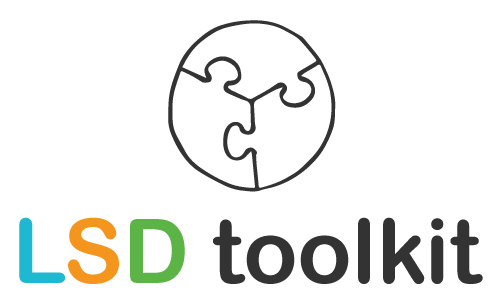Design thinking is one of the three pillars of the Lean Story Design mindset. It is described in the green volume of the LSD trilogy on innovation. On this page an introduction to the wonderful world of the design thinker.
On this webpage you will find the most important ‘concepts’ in a row, with a link to the relevant site page.
THEORY
- Thinking with your hands | Or with your fingers. Or teeth. At least less with your head. Learn to work intuitively.
- Framing | Frame the problem by choosing a specific context and angle and exploring ideas within it.
- Prototypes | Test your product on the dimensions Desired, Feasible and Cost-effective with as much time and resources as possible.
- Testing | Does our product (idea) solve the user’s problem? What could be better? What has to go? So testing. And a tip: start testing (very) early!
- Innovation methods | In addition to LSD, there are several innovation models that make use of design thinking (such as FORTH).
- Design | explains the word ‘design’ in design thinker. What is the power of graphic design?
GET TO WORK!
- Mind map | Structure and simplify a bin of information in a fun, simple way.
- Moodboard | collect your ideas and inspire yourself through visual thinking
- Knock out 5 | Activate your internal critic and first think of 5 reasons why it will not work.
- Synthesis exercises | combine seemingly separate things into a new solution or product.
- Making Shindogu | develop a completely pointless product
- Image thinking | Nice working methods to stimulate thinking in images.
- Persona | Capture your entire target audience in one human.
GROWN UP
Design thinking has long ceased to be part of the small hip desks. The large consultancy organizations have also embraced option thinking and solving problems iteratively. An example is this article from McKinsey & Company from 2020 on ‘solving business problems‘. It describes 6 mindsets that reinforce each other and help you solve a problem.

Tip : Board of Innovation.com offers (at the bottom of the homepage and under the menu heading Free stuff) a number of (free) innovation tools that you can use during your innovation session . We also use a number of these tools in the LSD workshops.
